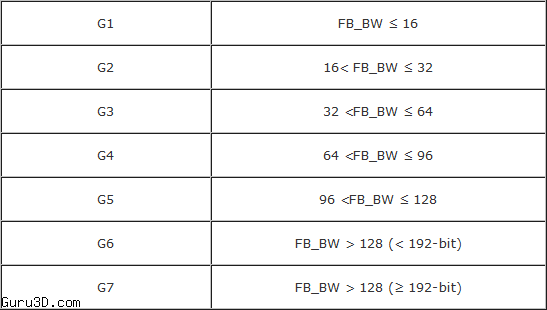A very interesting story appeared on a colleague website today. New information about a new energy law that will apply within the EU has surfaced on the web. The new law requires that both discrete and integrated graphics cards live up to certain energy standards. AMD is worried that this will affect next generation graphics cards and have them barred from sales in the EU. There are standardizations that make sure pre-built computers, but also discrete components, achieve a certain level of energy efficiency.
The story is reported by Nordic Hardware so credits and props to them, here's their skinny on it:
---
Exactly how much depends on a row of criteria. These standards also include simple things, such as that after a certain amount of time the computer will enter sleep mode. The idea behind this is to have as energy efficient computers as possible to reduce the overall consumption of energy. The specification for the so called Eco design Lot 3 with the EC can be found here, where there are hundreds of pages to read for those with lots of time to spare.
FB_BW is short for Buffer Bandwidth. What we call memory bandwidth in graphics cards
There are currently seven specifications for graphics cards - G1, G2, G3, G4, G5, G6 and G7. Graphics cards of the G7 classification have a bandwidth of 128 GB/s (GigaByte per Second) and more, without an upper limit today. The category depends on the performance - in this case measured in memory bandwidth. These GPU categories are also paired with a certain level of energy efficiency. If a graphics card doesn't live up to the standard set by the EC it can be removed from all markets within the EU. The rules will now be constricted, which threatens next generation graphics cards.
The commission wants to stop dedicated graphics cards of group G7 from going above 320 GB/s - that is in theory a memory bus at 384-bit connected to memory operating at 6667 MHz or 512-bit with 5001 MHz. This is definitely within reach for the next generation graphics cards. Radeon HD 7970 GHz Edition currently has a bandwidth of 288 GB/s with a 384-bit memory bus and 6000 MHz memory. For notebooks the limit will be only 225 GB/s.
Besides that the energy efficiency requirements will be tighter - in this case the energy consumption of the card in relation to its memory bandwidth. Performance delivered in games or general calculations are irrelevant. according to Lot 3. Exactly what the "performance" and energy consumption quote looks like we don't know at the time of writing, but it will also affect cards in the entry level segment and not just performance and enthusiast cards. The quote is strict enough to worry AMD.
Future generations are in danger
According to data NordicHardware has seen from a high level employee at AMD, current graphics cards are unable to meet with these requirements. This includes "GPUs like Cape Verde and Tahiti",that is used in the HD 7700 and HD 7900 series, and can't meet with the new guidelines, the same goes for the older "Caicos" that is used in the HD 6500/6600 and HD 7500/7600 series. Also "Oland"is mentioned, which is a future performance circuit from AMD, that according to rumors will be used in the future HD 8800 series. What worries AMD the most is how this will affect future graphics cards since the changes in Lot 3 will go into effect soon. The changes will of course affect Nvidia as much as it will AMD.
The commission guidelines could be too strict for next generation graphics cards
Earlier today there were talk about the new restrictions going into effect in early 2013, but now it looks like it will be 2014. This will put nearly unrealistic demands on both AMD and Nvidia. Besides the fact the standardization is not very logical since memory bandwidth does not translate into performance that easily we see it as a great obstacle for future graphics cards, but the revision of "Lot 3" is done and the wheels are set in motion.
According to a report published in August this year the current roadmaps [from AMD and Nvidia] does not support the new requirements up until 30 months into the future. The changes in Lot 3 will therefore be introduced in steps. The first will be in 2013 or 2014 as mentioned above, and thereafter new restrictions will apply in 2015. OEM companies like Dell and HP are well aware of this and worried about how this will affect their operations. The changes should also affect retail graphics cards and home builders.
Graphics card energy consumption has been rising steadily over the last couple of years. Last generation the limit for the PCI Express standard was broken when graphics cards sporting two GPUs consumed well over 300 watt, both from AMD and Nvidia. Both us and our well informed readers think that the way the EC is applying its restrictions is wrong, especially how it has decided to estimate performance. AMD is planning on making an official statement and hopefully the EC will listen. We have not been able to reach Nvidia for a comment on this issue, but hopefully they share AMD's concern.
We definitely feel that restrictions that lead to more efficient hardware is a good thing, but it needs to be done properly with the affected companies being involved in the discussion. We will of course follow up on this and return with more information when possible.
Via Nordic Hardware
.jpg)


